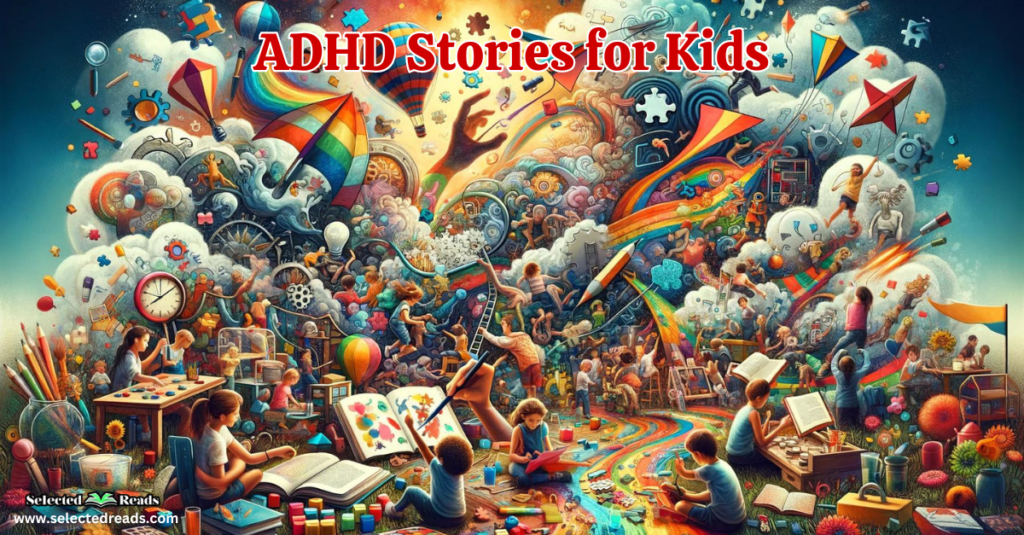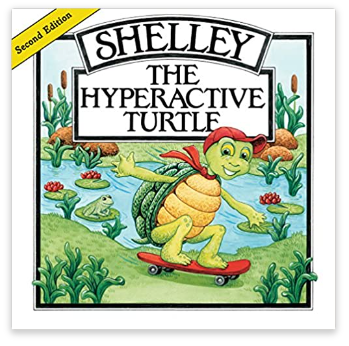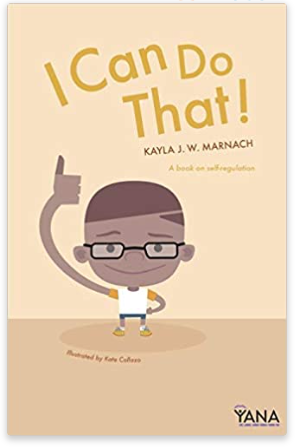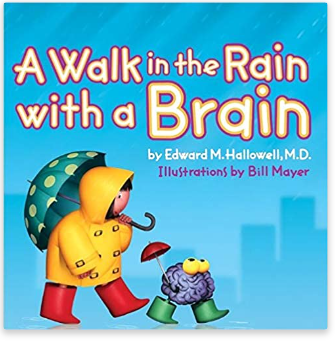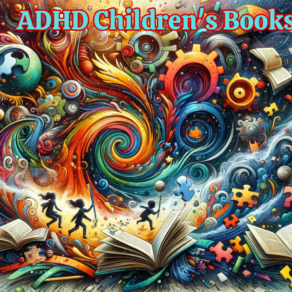ADHD stories for kids are the topic of our blog post today.
Let me start with this amazing quote “ADHD is not a disability but a different ability”.
As someone who’s always scoured the web for tools and resources to enrich teaching and learning, I was particularly excited to dive into the subject of ADHD stories. The purpose is to help kids develop a better understanding of ADHD through reading engaging stories.
These stories show how other children with ADHD have faced their challenges and how they found success. With these readings, kids will not only learn from the experiences of other children who have gone through the same experience but will also gain valuable insight into the condition and discover how it affects daily life.
ADHD stories can also help reduce the stigma surrounding ADHD and let those affected know that they are not alone. We’ll explore books that not only inform but also empower, teaching kids strategies for self-regulation, fostering acceptance, and building community support.
For more ADHD resources, you can check my previous posts namely: ADHD Books for Kids, Books for Women with ADHD, ADHD Workbooks for Kids, ADHD Books for Adults, ADHD Books for Parents.
ADHD Stories for Kids
Here are some of our favourite stories for kids with ADHD:
1. Cory Stories: A Kid’s Book About Living With ADHD, by Jeanne Kraus
In “Cory Stories,” Cory is the relatable protagonist who takes us through his everyday challenges and triumphs with ADHD. This isn’t a story that paints a bleak picture; rather, it offers an insider’s view of coping mechanisms like medication, therapy, and everyday tips for navigating school and social scenarios. It’s a great pick for parents looking to open up a dialogue with their child. The Note to Parents at the end is a nifty addition, making this both a narrative and a mini-guide.
2. I Have Bees in My Brain: A Child’s View of Inattentiveness, by Trish Hammond
Ever felt like your head was a buzzing hive of bees? Well, Jasper sure does in “I Have Bees in My Brain.” This book provides an imaginative yet insightful depiction of what it’s like to have a mind full of constantly buzzing thoughts. The clever introduction of Queenie, Jasper’s brain’s regulator, adds a unique layer to how kids can understand attention regulation. When Queenie decides to nap, chaos ensues, teaching kids about the importance of mindfulness and self-control.
3. Shelley, the Hyperactive Turtle, by Deborah M. Moss
Shelley is not your stereotypical slow-moving turtle. He’s hyperactive, and he struggles to sit still or focus. What makes this book particularly striking is the emotional layer it adds—Shelley starts retreating into his shell, literally and metaphorically, feeling low about his disruptive behaviors. This provides a nuanced look at how ADHD can affect a child’s self-esteem and mental health.
4. Eukee the Jumpy Jumpy Elephant, by Clifford L. Corman MD, Esther Trevino MFCC
This charming tale revolves around Eukee, an energetic elephant whose high energy levels and lack of self-control often get in the way of making friends and fitting in with his family. Eukee offers an honest look at the difficulties young children with ADD face. One of the compelling aspects of this book is that it targets not just the child but also parents, teachers, and service providers. It serves as a shared platform to gain understanding and strategies for managing ADD, and honestly, I appreciate the read-aloud format which fosters group discussion.
5. I Can Do That: A Book on Self-Regulation, by Kayla J. W. Marnach
Rhyming books are always a hit with kids, and “I Can Do That” uses rhyme in a thoughtful way to discuss self-regulation. This isn’t just a book; it’s a strategy manual that empowers kids to take charge of their emotions and actions. I love how the discussion questions at the end provide an excellent jumping-off point for further conversations with counselors or parents. This book can be a great educational resource that’s also engaging and fun to read.
6. The “Putting on the Brakes” Activity Book for Young People With ADHD, by Patricia O. Quinn, Judith M. Stern
“Putting on the Brakes” is more than just a storybook; it’s an interactive adventure. Designed as an activity book, it has puzzles, suggestions, and activities that work on multiple fronts. It not only educates about ADHD but also serves as a tool to improve study habits and gain better control over the condition. Honestly, activity books like this should be part of educational curriculum; they make learning about managing ADHD engaging and interactive.
7. I Can’t Sit Still!: Living with ADHD, by Pam Pollack, Meg Belviso
This book does an excellent job of tackling the misunderstandings that often surround kids with ADHD. Through the eyes of a young boy who is often mislabeled as unruly and defiant, “I Can’t Sit Still” shows the collective effort of family and healthcare providers in managing ADHD. What resonates with me is how the book doesn’t just make it a “kid’s problem”; it’s a shared responsibility, and that’s a message worth amplifying.
8. A Walk in the Rain with a Brain, by Edward Hallowell
Written by an authority on ADHD, this book brings a unique angle to the topic. Instead of focusing solely on the challenges, it encourages readers to embrace the uniqueness of each brain. I absolutely adore the premise that every brain has its own special way of doing things. I’m all about personalized learning experiences, so this viewpoint is a home run for me.
9. Baxter Turns Down His Buzz: A Story for Little Kids About ADHD, by James M. Foley
Geared towards younger kids, this book introduces us to Baxter, a speedy rabbit with a lot of “buzz” and “zoom.” While I love that the story touches on behavioral strategies like mindfulness and visualization, what really hits home is its focus on self-regulation without medication. It sends a crucial message: there’s more than one way to manage ADHD, and sometimes it’s about finding your unique strategy
Final thoughts
So there we have it—a curated collection of compelling stories that not only illuminate the intricate world of ADHD but also offer tangible ways for kids to manage their unique qualities. From buzzing brains to hyperactive turtles, the narratives across these tales serve as mini-manuals to help kids navigate their own experiences. They’re not just stories; they’re companions in the journey towards understanding and acceptance.



